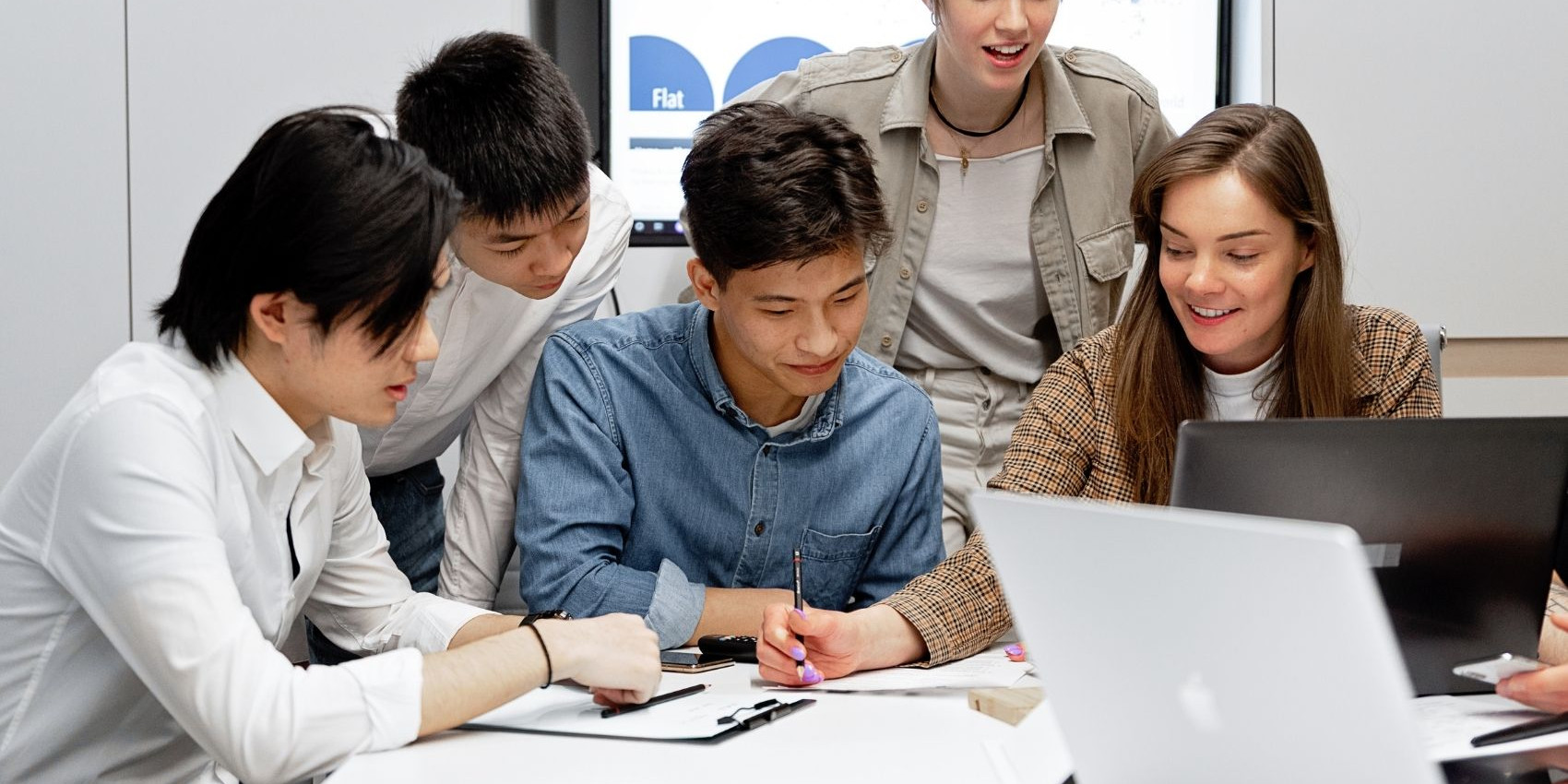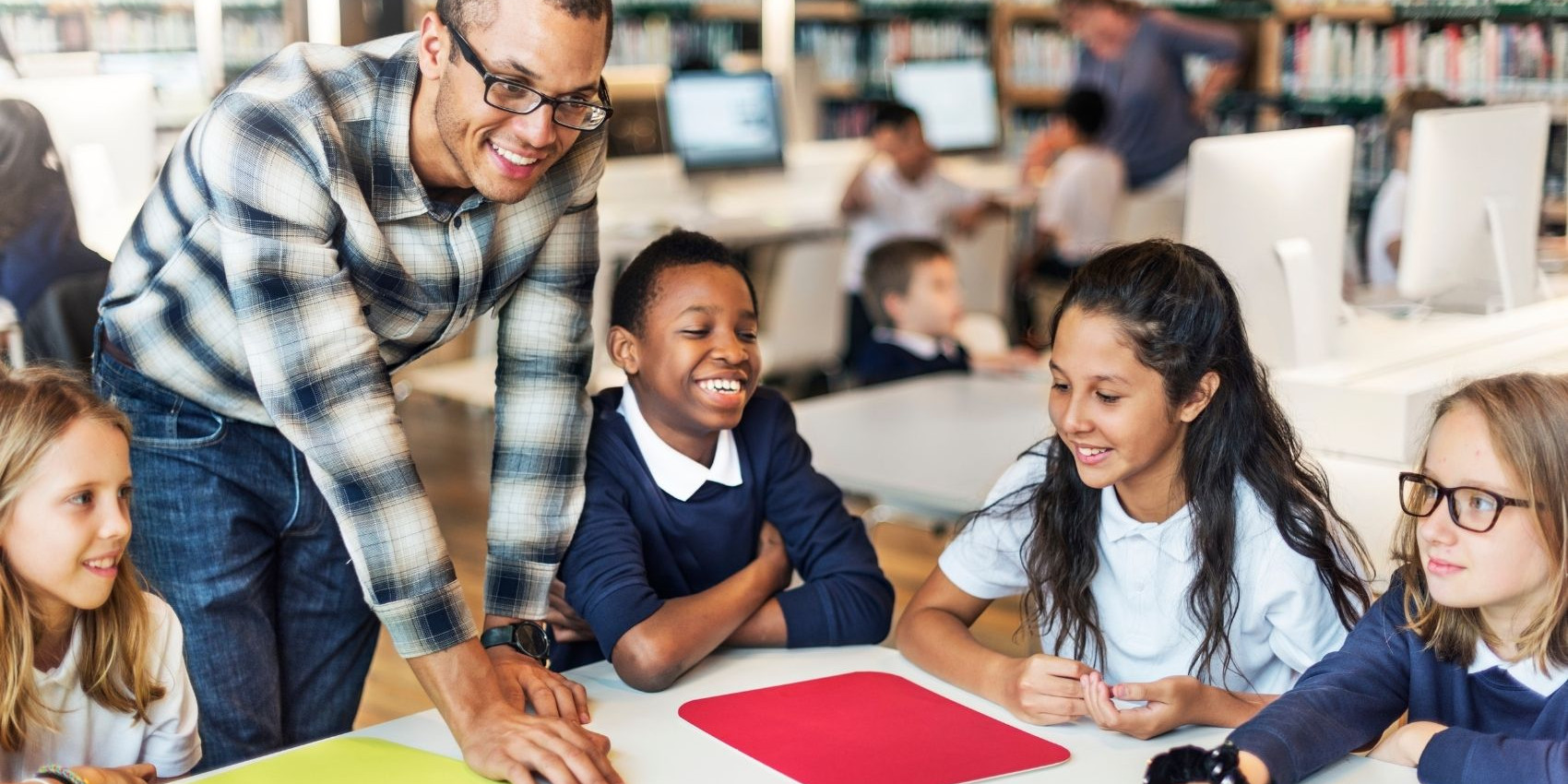In today’s rapidly evolving digital world, the education sector is under immense pressure to innovate. But despite countless pilot programs, educational reforms, and tech integrations, true systemic transformation remains elusive. Why? Traditional innovation models—borrowed from business or tech—often fail to account for the complexity, inertia, and socio-political stakes embedded in education.
The Illusion of Disruption in Education
Terms like “disruptive innovation”, “design thinking”, and “agile transformation” have become buzzwords in educational conferences and strategy decks. Yet when applied to schools and institutions, these models typically fall flat. The reason is structural.
Why They Fail:
- Education is Not a Market—It’s a Public Good
Traditional innovation models thrive in competitive, profit-driven environments. Education, however, is fundamentally different: it’s shaped by equity, access, public accountability, and often rigid bureaucratic systems. - Change Is Slow, Risk-Averse, and Politically Sensitive
Schools are held to high standards of safety, inclusivity, and consistency. While a startup can afford to fail fast, schools cannot gamble with student outcomes. - Innovation Often Happens To Teachers—Not With Them
Top-down innovation initiatives often ignore frontline educators, leading to resistance, poor implementation, and wasted budgets. - Focus on Technology Over Pedagogy
Many so-called “innovations” prioritize digital tools without rethinking underlying teaching methods. Technology alone does not make learning meaningful.

What to Do Instead: A New Model for Sustainable Change
If traditional models fail, what does successful innovation in education look like? It requires a new paradigm—one that blends inclusivity, iterative design, and long-term vision.
1. Adopt a Systems-Level Approach
True innovation isn’t about isolated apps or flashy programs—it’s about rethinking the entire ecosystem. That includes curriculum design, teacher training, assessment methods, infrastructure, and community involvement.
Pro Tip: Begin with small system-wide changes. For example, shift assessment policies before introducing new tech platforms.
2. Co-Create With Educators and Learners
The most effective innovations emerge from within. Engage teachers and students as co-designers of change. This improves buy-in, reduces resistance, and aligns innovation with classroom realities.
Instead of rolling out a national EdTech tool, pilot it with a small cohort of teachers and adjust based on real-time feedback.
3. Focus on Human-Centered Design
Innovation should not be tech-centric—it should be learner-centric. Prioritize accessibility, well-being, social-emotional development, and inclusion when designing new interventions.
4. Invest in Professional Development Over Products
One of the most underrated levers of educational transformation is upskilling teachers. Equip them to adapt, experiment, and evolve with changing pedagogies.
Training teachers to think innovatively is more impactful than giving them a new LMS every 18 months.
5. Iterate, Don’t Overhaul
Education is not a startup. Radical overhauls can be dangerous and destabilizing. Instead, take an iterative approach—test, evaluate, refine, and scale gradually.
This aligns well with implementation science, which emphasizes context-sensitive change in complex systems like education.
6. Measure What Matters
Standardized test scores are a narrow metric. New innovations should track holistic student growth—creativity, collaboration, critical thinking, digital literacy, and lifelong learning skills.

The Bottom Line
Traditional innovation models fail in education because they oversimplify a deeply complex and socially-rooted system. True educational transformation demands a new blueprint—one grounded in co-creation, system thinking, and incremental, purpose-driven change.
If we want education to evolve, we must stop treating it like a tech lab and start honoring it as a human-centered, adaptive system.




